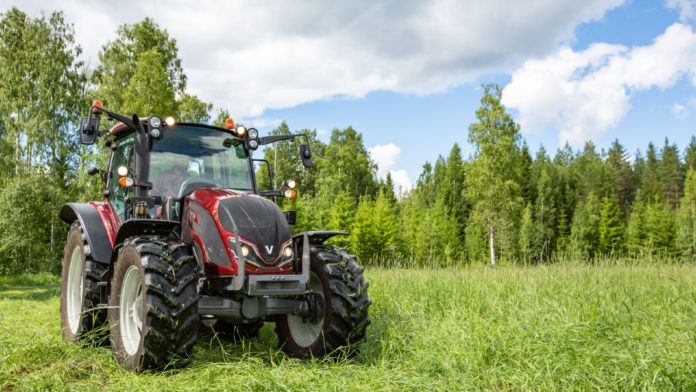In this news article, That’s Farming, takes a look at planting a break crop, also known as AP7, in the DAFM’s new Eco-Scheme, which we previewed in this news article.
Planting a break crop is classified as agricultural practice seven (AP7) in the new Eco-Scheme, a measure which could carry a payment rate of circa €60-€65/ha, subject to farmer uptake.
The action, according to the Department of Agriculture, Food, and the Marine, is designed to promote the planting of a break crop as a more environmentally friendly production system.
A DAFM spokesperson outlined that a diverse mix of crops in a rotation reduces disease burden and is beneficial for the soil, and is a risk management tool.
“A diverse rotation also increases nutrient use efficiency as underlying diseases related to continuous cereals are reduced, allowing crops to reach a higher yield for a given level of fertiliser input. Cereal yields after break crops are also typically higher,” the spokesperson added.
AP7
If farmers opt for AP7, they commit to planting a break crop (beans, peas, oilseed rape or oats or any combination of these crops) on at least 20% of an arable area.
To qualify, applicants must have planted more than 50% of their 2023 BISS land area as eligible arable crops.
Moreover, at least 20% of the arable area of the holding must be planted with a prescribed break crop of either oilseed rape, oats, peas and beans or a combination of two or more of these crops between October 1st, 2022, and up to July 15th, 2023.
In the scheme’s terms and conditions, the DAFM has outlined that a farmer can meet the 20% requirement by planting one break crop or by planting a combination of the prescribed break crops.
Inspections and paperwork
The DAFM may carry out inspections through the AMS – Area Monitoring System, ground inspections and/or by examining seed receipts/invoices.
In the case where farmers commit to this action, they must retain receipts for on-the-spot inspections.
All such paperwork must be:
- Legible;
- The original version;
- On headed paper.
Receipts must include the following:
- Supplier’s name and address;
- Date of sale;
- Applicant’s details – name and address;
- Quantity of break crop seed mix purchased (in kgs).





